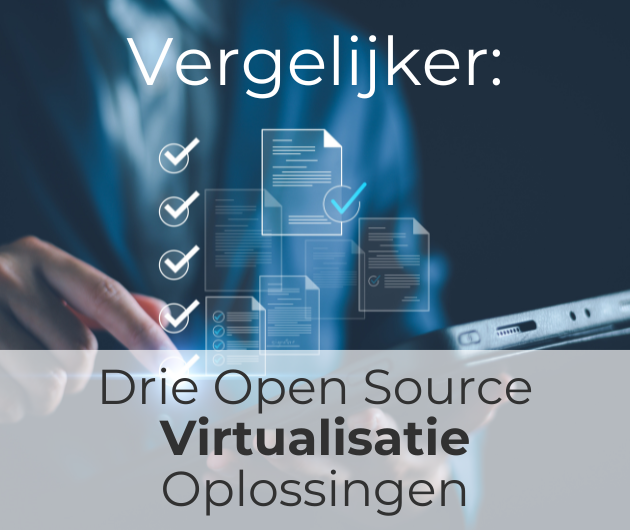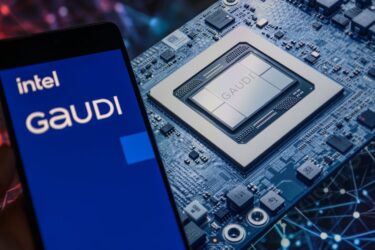While there is so much hysteria surrounding Linux and NT, spare a thought for Berkeley Software Distribution (BSD). BSD is one of the earliest and best versions of Unix, the one in fact on which most of the Internet development took place.
In the early days of Unix, AT&T (the developer and the owner) licenced the source code to various organisations, Berkeley University in California being a major one. Later on Hewlett-Packard and IBM used the same source code to develop HP-UX and AIX, while in contrast SCO produced the first PC-based Unix look-alike, Xenix. Unix Software Labs was established to develop a better formal version of Unix, System V.4, which was eventually bought by Novell, then passed over to SCO and now in the form of UnixWare is in the hands of Caldera. Somewhere along the line the name Unix was given to the Open Software Foundation, a now useless organisation, who failed to rationalise the Unix products.
The object of the exercise was to base all versions of Unix on a common source code base. But before anything serious could be produced BSD, as the Berkeley Operating System became known, was up and running. A critical factor of BSD was that the University did the common thing for the 80’s and developed BSD on a DEC VAX computer. Thus when DEC were forced to admit that VMS and DECnet were not going to win (how they must regret not making VMS open!) and in order to keep their huge academic customer base happy had to add a version of Unix to VMS, then naturally the BSD system was the obvious choice, marketed and "enhanced" by DEC as Ultrix. But probably more important in the long term, Berkeley was involved with others in developing the Workstation/Server architecture, later to be adopted by the PC industry. They used Motorola 68000 processors and the Ethernet technology, with a lot of input from Xerox Parc, which was an absolute gold mine of invention which Xerox failed to exploit commercially. Obviously BSD and TCP/IP featured strongly, proving the portability, at least from VAX to 68000 processors.
All this University development matured in the formation of Sun Microsystems, naming this version of BSD as SunOS. This they then ported to their own RISC processor, the Sparc. Amusingly then, the two dominate version of "Unix", Ultrix and SunOS, were derived from BSD and not from AT&T Unix!
As we are all now aware the mainstream of the OSS movement is based around Linux and not BSD, but there is still a healthy market for the older product. Like Linux, BSD is now available for downloading for free but is also available as a low cost, supported version. While not on the same scale as the support for Linux there is a strong OSS community active today. Perhaps even more surprising is the fact that a fair number of very big, important Web sites are run on BSD; Yahoo I believe is one (or one of the other big search engines).
The recent acquisition of SCO by Caldera has enabled them to leapfrog the other Linux suppliers such as RedHat and SUSE, particularly in terms of size and geographic outlets. But Caldera have also now got the upmarket product in UnixWare to get market share while Linux takes time to mature. It would therefore seem interesting to see if there is any scope in one of the other Linux players merging with the commercial side of BSD.
Perhaps however the lessons to be learnt from BSD should be absorbed. It is a relatively successful and very long-lived OSS product. It was a key element in the remarkable success of Sun Microsystems. It also exposed Digital Equipments downfall. DEC did produce a good Unix offering with Ultrix, but it conflicted with their own VMS products. At the same time Hewlett-Packard phased out their proprietary system and grew their business on Unix. Albeit that HP-UX was a proprietary version of Unix, it was in the mainstream of the growing industry. If only DEC had seen what was coming and had made VMS source code as available as the AT&T Unix code, what a different industry we would see today! VMS was, and in some ways still is, a very superior product to Unix. When DEC eventually made VMS source code available it was too late and the Microsoft version of it, NT, was winning market share.








